American Society and Literature 1. American Society

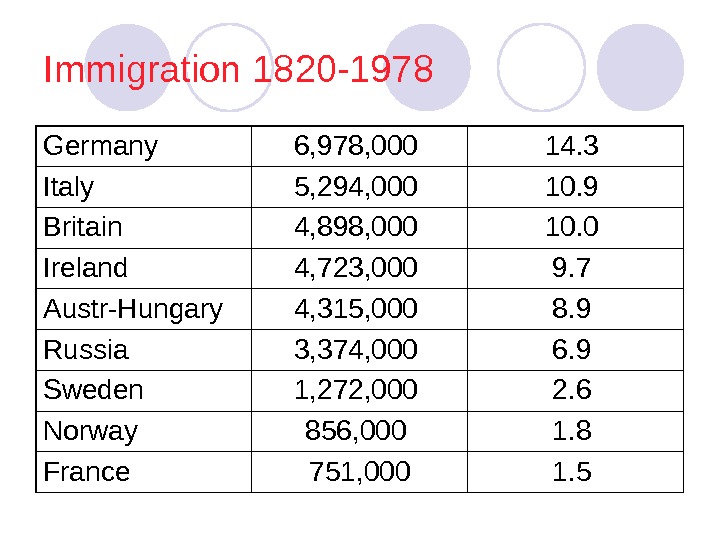

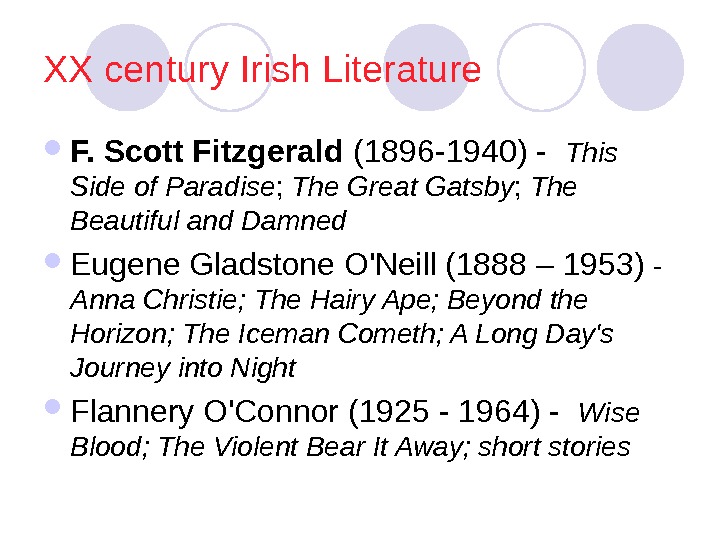
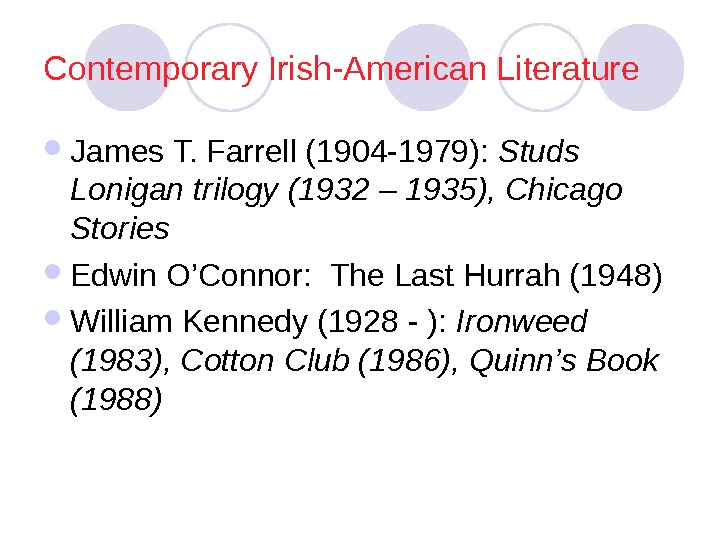
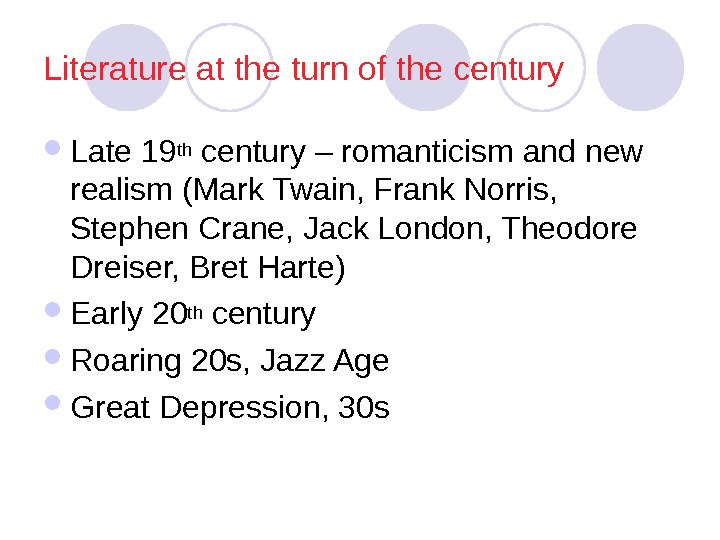
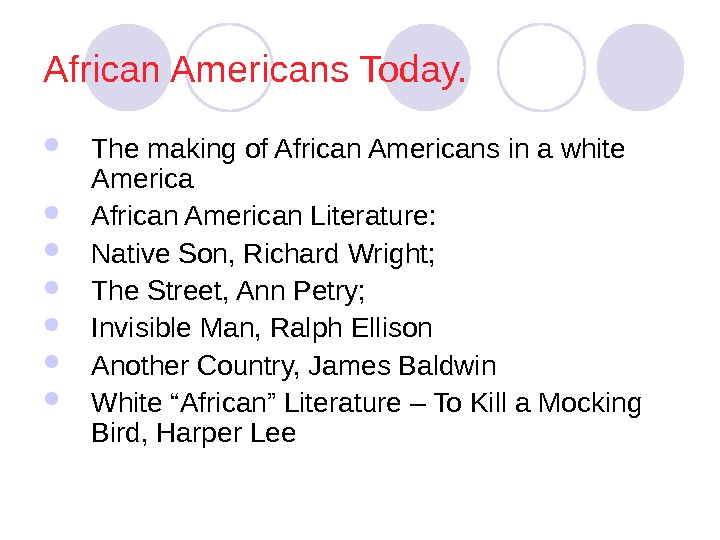
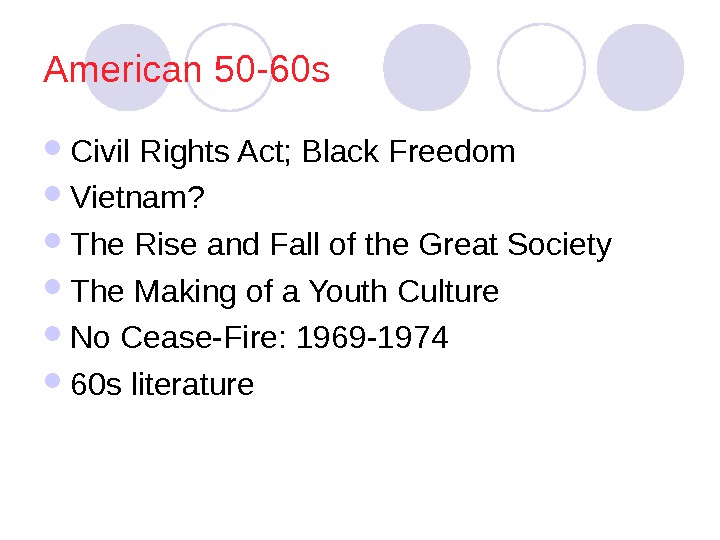

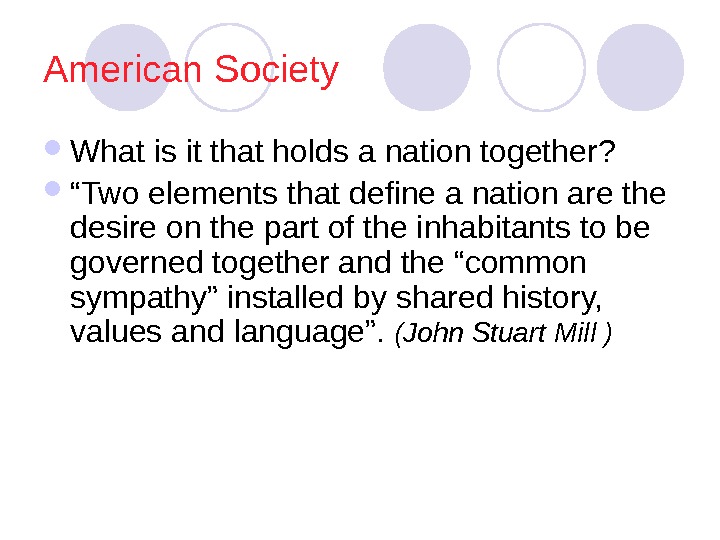
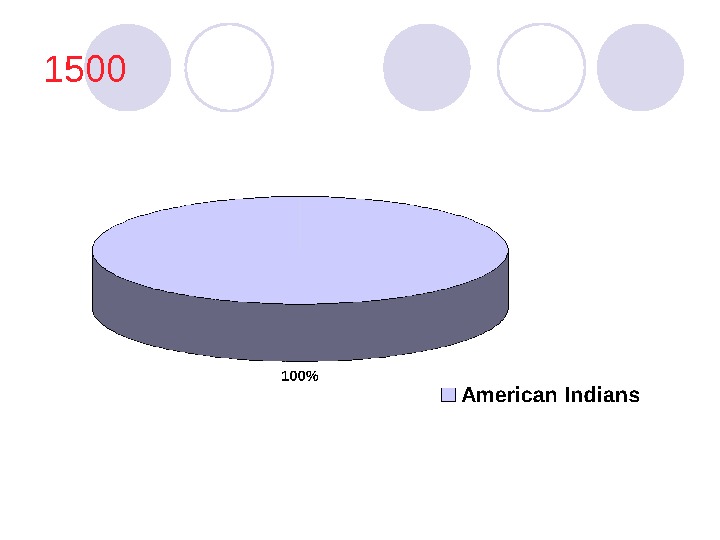
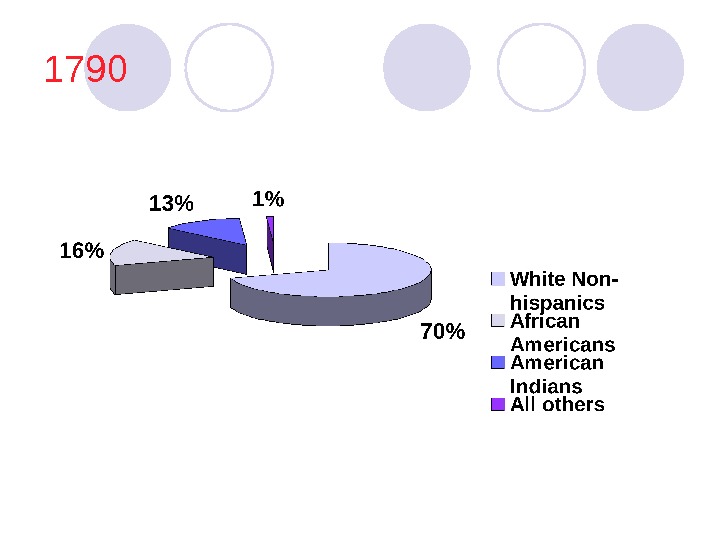
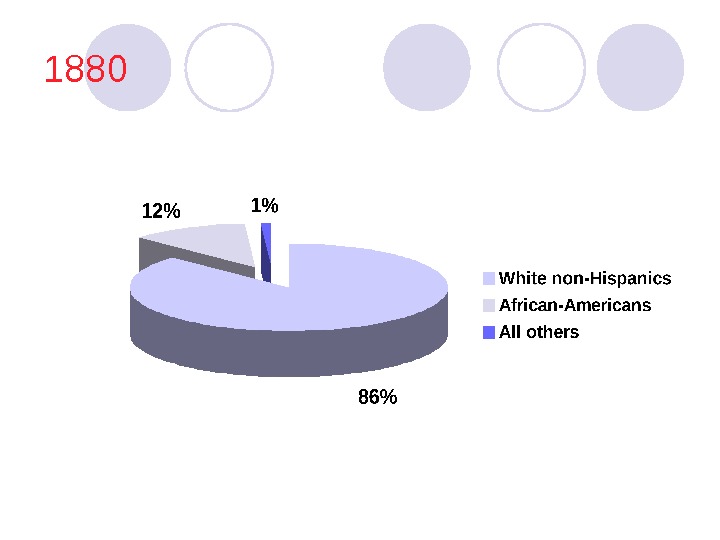
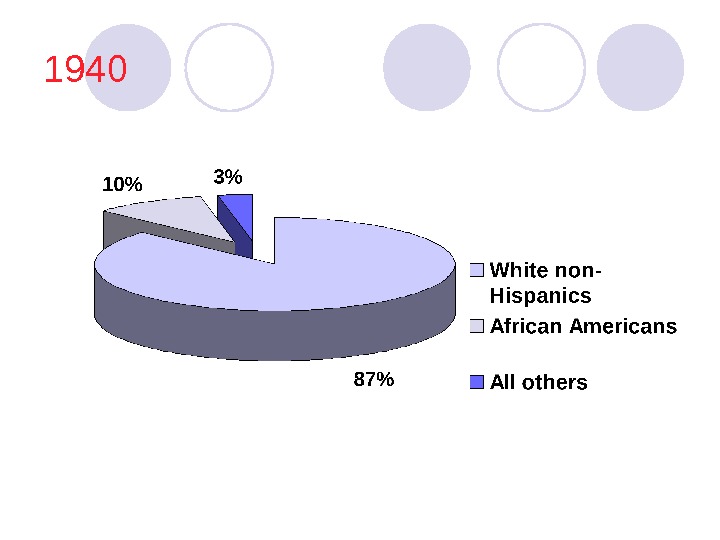


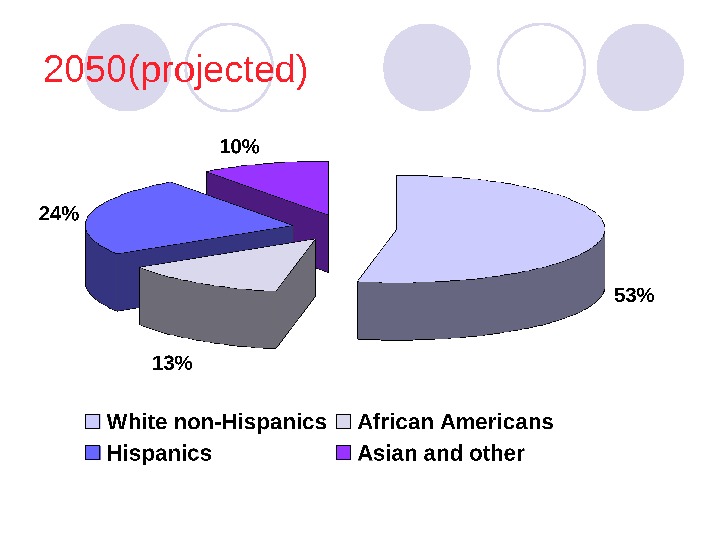
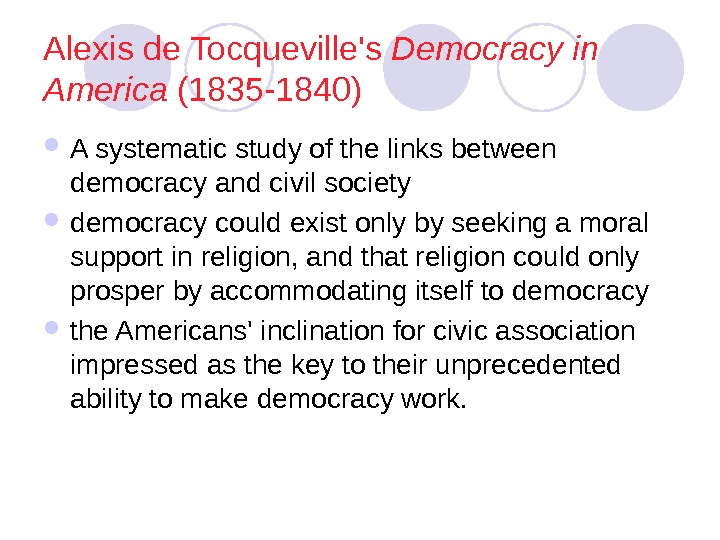
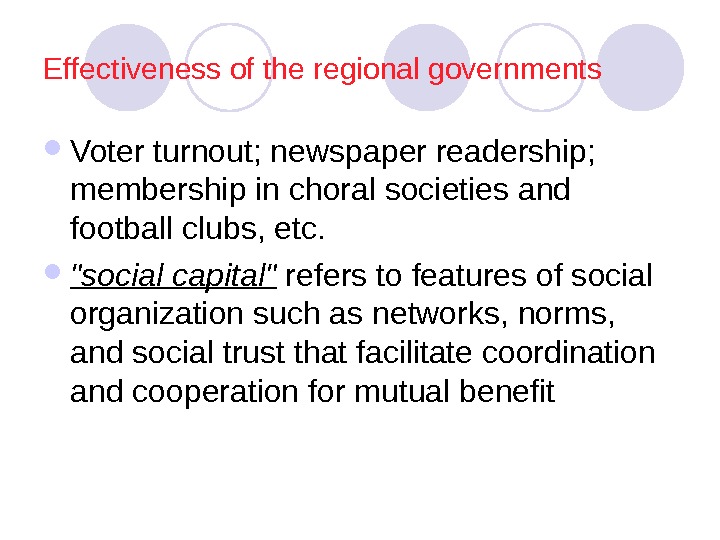
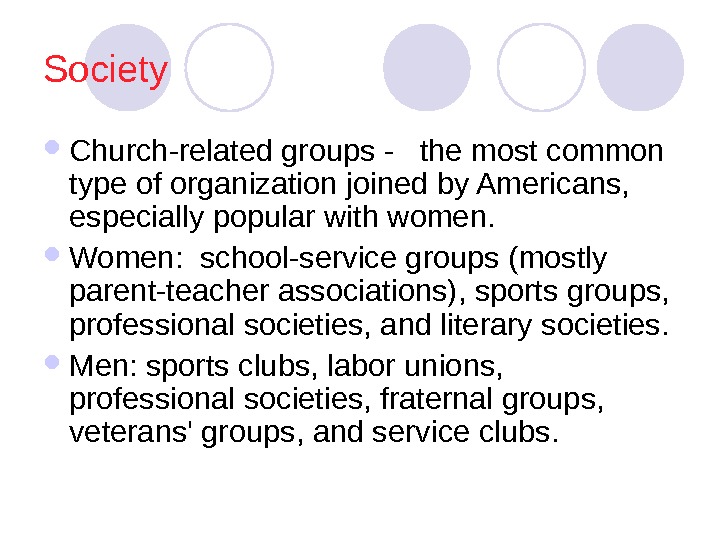
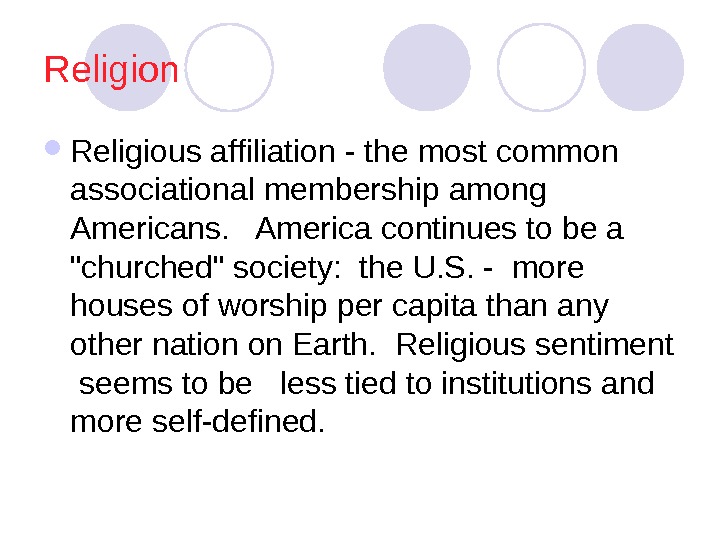
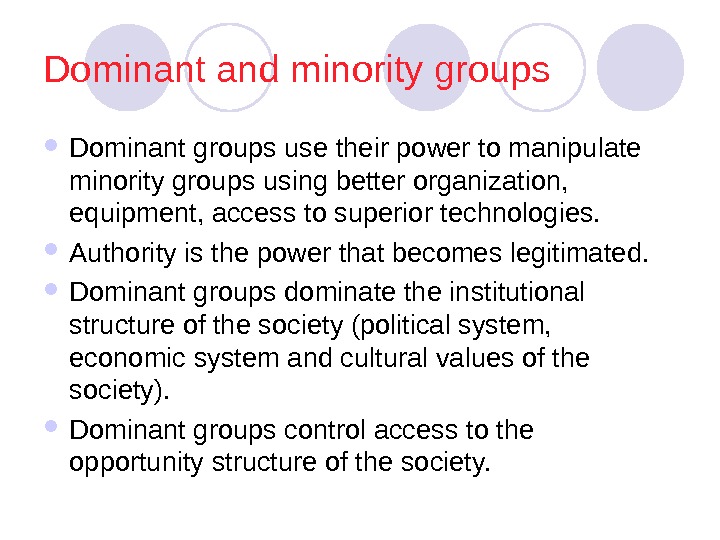
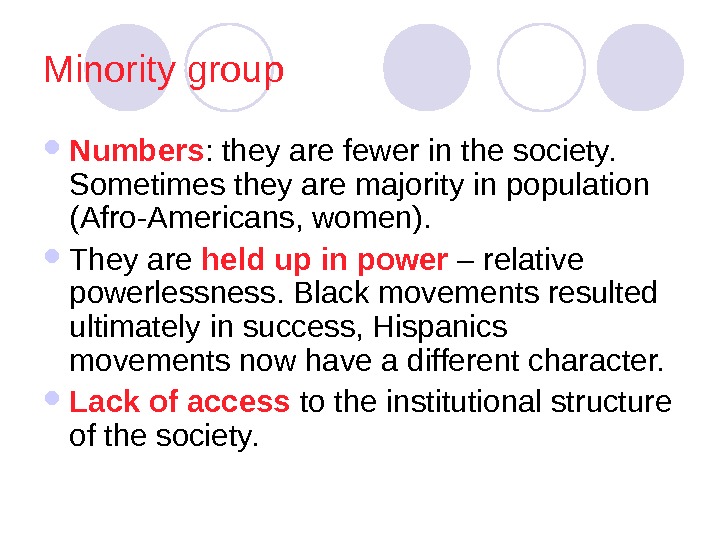
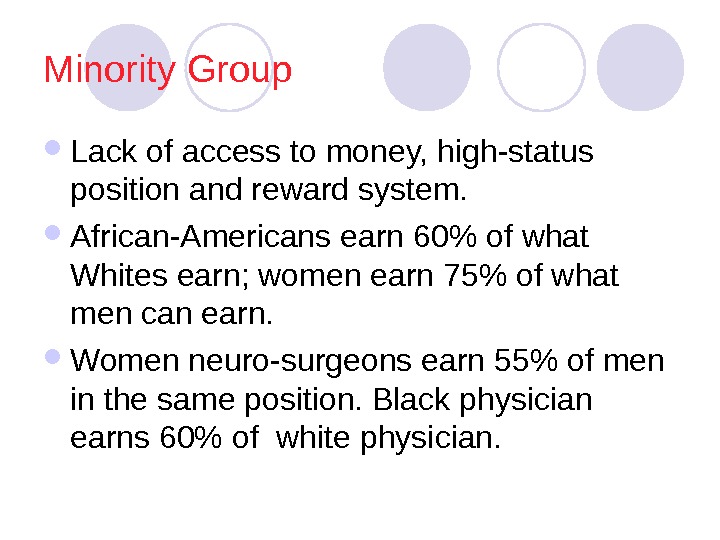
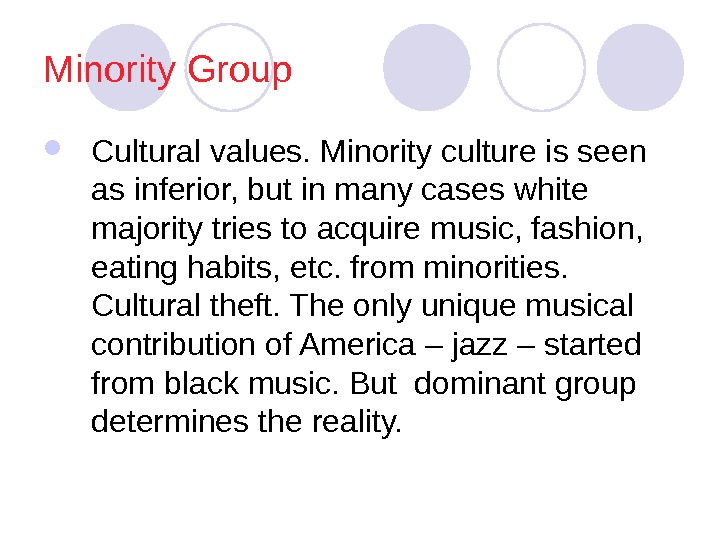

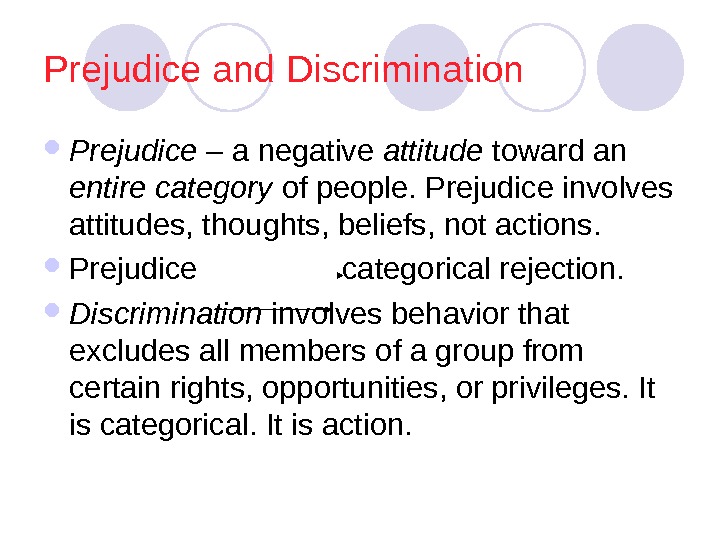
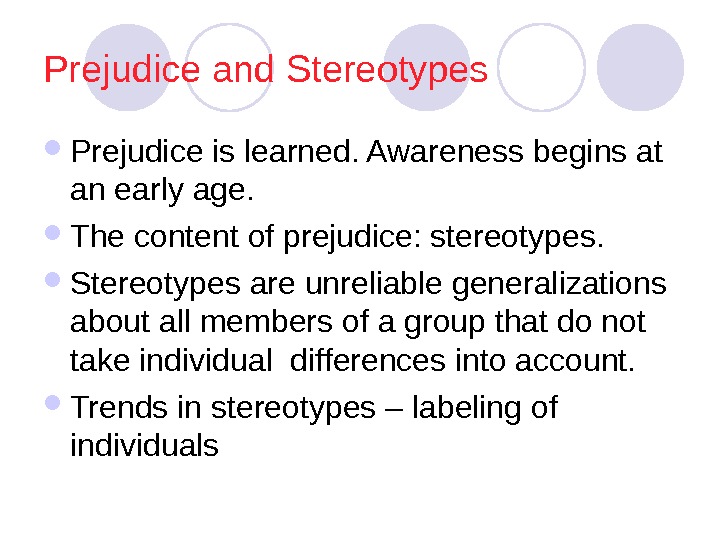
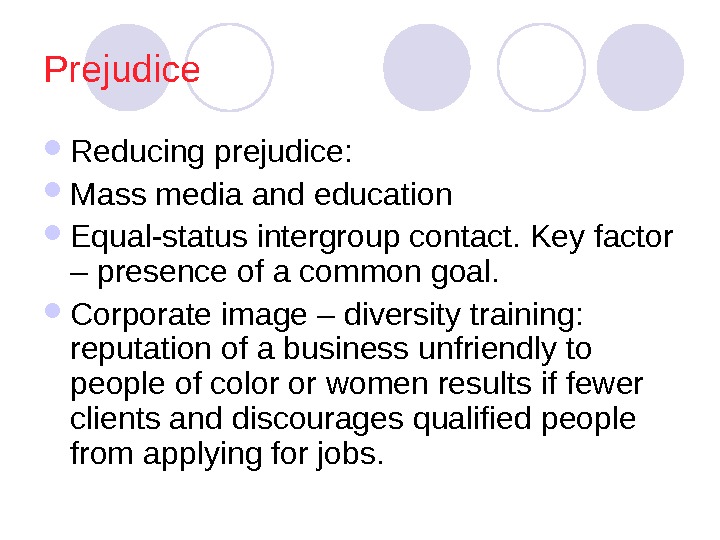
- Размер: 1.3 Mегабайта
- Количество слайдов: 29
Описание презентации American Society and Literature 1. American Society по слайдам
 American Society and Literature 1. American Society today. Values. Historical outline. 2. Immigration; dominant and minority groups. Race; ethnicity and religion; gender What is prejudice? What is discrimination?
American Society and Literature 1. American Society today. Values. Historical outline. 2. Immigration; dominant and minority groups. Race; ethnicity and religion; gender What is prejudice? What is discrimination?
 Immigration 1820 -1978 Germany 6, 978, 000 14. 3 Italy 5, 294, 000 10. 9 Britain 4, 898, 000 10. 0 Ireland 4, 723, 000 9. 7 Austr-Hungary 4, 315, 000 8. 9 Russia 3, 374, 000 6. 9 Sweden 1, 272, 000 2. 6 Norway 856, 000 1. 8 France 751, 00 0 1.
Immigration 1820 -1978 Germany 6, 978, 000 14. 3 Italy 5, 294, 000 10. 9 Britain 4, 898, 000 10. 0 Ireland 4, 723, 000 9. 7 Austr-Hungary 4, 315, 000 8. 9 Russia 3, 374, 000 6. 9 Sweden 1, 272, 000 2. 6 Norway 856, 000 1. 8 France 751, 00 0 1.
 Irish Immigration to the United States. 1717 – XX century. 1846 – 1855: 1, 442, 000 1856 – 1865: 582, 400 1866 – 1875: 645, 700 Literature of Irish Immigration: — Pre-famine generation (1780 -1845) — Famine generation (1845 -1875) — Third generation (1875 — 1925)
Irish Immigration to the United States. 1717 – XX century. 1846 – 1855: 1, 442, 000 1856 – 1865: 582, 400 1866 – 1875: 645, 700 Literature of Irish Immigration: — Pre-famine generation (1780 -1845) — Famine generation (1845 -1875) — Third generation (1875 — 1925)
 XX century Irish Literature F. Scott Fitzgerald (1896 -1940) — This Side of Paradise ; The Great Gatsby ; The Beautiful and Damned Eugene Gladstone O’Neill (1888 – 1953) — Anna Christie; The Hairy Ape; Beyond the Horizon; The Iceman Cometh; A Long Day’s Journey into Night Flannery O’Connor (1925 — 1964) — Wise Blood; The Violent Bear It Away; short stories
XX century Irish Literature F. Scott Fitzgerald (1896 -1940) — This Side of Paradise ; The Great Gatsby ; The Beautiful and Damned Eugene Gladstone O’Neill (1888 – 1953) — Anna Christie; The Hairy Ape; Beyond the Horizon; The Iceman Cometh; A Long Day’s Journey into Night Flannery O’Connor (1925 — 1964) — Wise Blood; The Violent Bear It Away; short stories
 Contemporary Irish-American Literature James T. Farrell (1904 -1979): Studs Lonigan trilogy (1932 – 1935), Chicago Stories Edwin O’Connor: The Last Hurrah (1948) William Kennedy (1928 — ): Ironweed (1983), Cotton Club (1986), Quinn’s Book (1988)
Contemporary Irish-American Literature James T. Farrell (1904 -1979): Studs Lonigan trilogy (1932 – 1935), Chicago Stories Edwin O’Connor: The Last Hurrah (1948) William Kennedy (1928 — ): Ironweed (1983), Cotton Club (1986), Quinn’s Book (1988)
 Literature at the turn of the century Late 19 th century – romanticism and new realism (Mark Twain, Frank Norris, Stephen Crane, Jack London, Theodore Dreiser, Bret Harte) Early 20 th century Roaring 20 s, Jazz Age Great Depression, 30 s
Literature at the turn of the century Late 19 th century – romanticism and new realism (Mark Twain, Frank Norris, Stephen Crane, Jack London, Theodore Dreiser, Bret Harte) Early 20 th century Roaring 20 s, Jazz Age Great Depression, 30 s
 African Americans Today. The making of African Americans in a white America African American Literature: Native Son, Richard Wright; The Street, Ann Petry; Invisible Man, Ralph Ellison Another Country, James Baldwin White “African” Literature – To Kill a Mocking Bird, Harper Lee
African Americans Today. The making of African Americans in a white America African American Literature: Native Son, Richard Wright; The Street, Ann Petry; Invisible Man, Ralph Ellison Another Country, James Baldwin White “African” Literature – To Kill a Mocking Bird, Harper Lee
 American 50 -60 s Civil Rights Act; Black Freedom Vietnam? The Rise and Fall of the Great Society The Making of a Youth Culture No Cease-Fire: 1969 -1974 60 s literature
American 50 -60 s Civil Rights Act; Black Freedom Vietnam? The Rise and Fall of the Great Society The Making of a Youth Culture No Cease-Fire: 1969 -1974 60 s literature
 Asian Americans Chinese Exclusion Act (1882) Chinatowns Today Chinese American Literature ( Amy Tan, Collection of Chinese American Short Stories ) The Wartime Japanese Evacuation Japanese American Short Stories
Asian Americans Chinese Exclusion Act (1882) Chinatowns Today Chinese American Literature ( Amy Tan, Collection of Chinese American Short Stories ) The Wartime Japanese Evacuation Japanese American Short Stories
 American Society What is it that holds a nation together? “ Two elements that define a nation are the desire on the part of the inhabitants to be governed together and the “common sympathy” installed by shared history, values and language”. (John Stuart Mill )
American Society What is it that holds a nation together? “ Two elements that define a nation are the desire on the part of the inhabitants to be governed together and the “common sympathy” installed by shared history, values and language”. (John Stuart Mill )





 Minority Group with highest percent of county population Hispanic or Latino Black ( Afr — American ) American Indian and Alaskan native Asian Native Hawaiian, other Pacific Islander Two or more races, not Hispanic or Latino
Minority Group with highest percent of county population Hispanic or Latino Black ( Afr — American ) American Indian and Alaskan native Asian Native Hawaiian, other Pacific Islander Two or more races, not Hispanic or Latino
 2050(projected)
2050(projected)
 Alexis de Tocqueville’s Democracy in America (1835 -1840) A systematic study of the links between democracy and civil society democracy could exist only by seeking a moral support in religion, and that religion could only prosper by accommodating itself to democracy the Americans’ inclination for civic association impressed as the key to their unprecedented ability to make democracy work.
Alexis de Tocqueville’s Democracy in America (1835 -1840) A systematic study of the links between democracy and civil society democracy could exist only by seeking a moral support in religion, and that religion could only prosper by accommodating itself to democracy the Americans’ inclination for civic association impressed as the key to their unprecedented ability to make democracy work.
 Effectiveness of the regional governments Voter turnout; newspaper readership; membership in choral societies and football clubs, etc. «social capital» refers to features of social organization such as networks, norms, and social trust that facilitate coordination and cooperation for mutual benefit
Effectiveness of the regional governments Voter turnout; newspaper readership; membership in choral societies and football clubs, etc. «social capital» refers to features of social organization such as networks, norms, and social trust that facilitate coordination and cooperation for mutual benefit
 Society Church-related groups — the most common type of organization joined by Americans, especially popular with women. Women: school-service groups (mostly parent-teacher associations), sports groups, professional societies, and literary societies. Men: sports clubs, labor unions, professional societies, fraternal groups, veterans’ groups, and service clubs.
Society Church-related groups — the most common type of organization joined by Americans, especially popular with women. Women: school-service groups (mostly parent-teacher associations), sports groups, professional societies, and literary societies. Men: sports clubs, labor unions, professional societies, fraternal groups, veterans’ groups, and service clubs.
 Religion Religious affiliation — the most common associational membership among Americans. America continues to be a «churched» society: the U. S. — more houses of worship per capita than any other nation on Earth. Religious sentiment seems to be less tied to institutions and more self-defined.
Religion Religious affiliation — the most common associational membership among Americans. America continues to be a «churched» society: the U. S. — more houses of worship per capita than any other nation on Earth. Religious sentiment seems to be less tied to institutions and more self-defined.
 Dominant and minority groups Dominant groups use their power to manipulate minority groups using better organization, equipment, access to superior technologies. Authority is the power that becomes legitimated. Dominant groups dominate the institutional structure of the society (political system, economic system and cultural values of the society). Dominant groups control access to the opportunity structure of the society.
Dominant and minority groups Dominant groups use their power to manipulate minority groups using better organization, equipment, access to superior technologies. Authority is the power that becomes legitimated. Dominant groups dominate the institutional structure of the society (political system, economic system and cultural values of the society). Dominant groups control access to the opportunity structure of the society.
 Minority group Numbers : they are fewer in the society. Sometimes they are majority in population (Afro-Americans, women). They are held up in power – relative powerlessness. Black movements resulted ultimately in success, Hispanics movements now have a different character. Lack of access to the institutional structure of the society.
Minority group Numbers : they are fewer in the society. Sometimes they are majority in population (Afro-Americans, women). They are held up in power – relative powerlessness. Black movements resulted ultimately in success, Hispanics movements now have a different character. Lack of access to the institutional structure of the society.
 Minority Group Lack of access to money, high-status position and reward system. African-Americans earn 60% of what Whites earn; women earn 75% of what men can earn. Women neuro-surgeons earn 55% of men in the same position. Black physician earns 60% of white physician.
Minority Group Lack of access to money, high-status position and reward system. African-Americans earn 60% of what Whites earn; women earn 75% of what men can earn. Women neuro-surgeons earn 55% of men in the same position. Black physician earns 60% of white physician.
 Minority Group Cultural values. Minority culture is seen as inferior, but in many cases white majority tries to acquire music, fashion, eating habits, etc. from minorities. Cultural theft. The only unique musical contribution of America – jazz – started from black music. But dominant group determines the reality.
Minority Group Cultural values. Minority culture is seen as inferior, but in many cases white majority tries to acquire music, fashion, eating habits, etc. from minorities. Cultural theft. The only unique musical contribution of America – jazz – started from black music. But dominant group determines the reality.
 Prejudice and discrimination Racism – is institutionalized discrimination based on physical differences between minority and dominant groups. Racist ideologies provide a moral justification for maintaining the society that routinely deprives a group of its rights and privileges. Racist beliefs relieve the dominant group of responsibility to address the economic and educational problems faced by subordinate groups.
Prejudice and discrimination Racism – is institutionalized discrimination based on physical differences between minority and dominant groups. Racist ideologies provide a moral justification for maintaining the society that routinely deprives a group of its rights and privileges. Racist beliefs relieve the dominant group of responsibility to address the economic and educational problems faced by subordinate groups.
 Prejudice and Discrimination Prejudice – a negative attitude toward an entire category of people. Prejudice involves attitudes, thoughts, beliefs, not actions. Prejudice categorical rejection. Discrimination involves behavior that excludes all members of a group from certain rights, opportunities, or privileges. It is categorical. It is action.
Prejudice and Discrimination Prejudice – a negative attitude toward an entire category of people. Prejudice involves attitudes, thoughts, beliefs, not actions. Prejudice categorical rejection. Discrimination involves behavior that excludes all members of a group from certain rights, opportunities, or privileges. It is categorical. It is action.
 Prejudice and Stereotypes Prejudice is learned. Awareness begins at an early age. The content of prejudice: stereotypes. Stereotypes are unreliable generalizations about all members of a group that do not take individual differences into account. Trends in stereotypes – labeling of individuals
Prejudice and Stereotypes Prejudice is learned. Awareness begins at an early age. The content of prejudice: stereotypes. Stereotypes are unreliable generalizations about all members of a group that do not take individual differences into account. Trends in stereotypes – labeling of individuals
 Prejudice Reducing prejudice: Mass media and education Equal-status intergroup contact. Key factor – presence of a common goal. Corporate image – diversity training: reputation of a business unfriendly to people of color or women results if fewer clients and discourages qualified people from applying for jobs.
Prejudice Reducing prejudice: Mass media and education Equal-status intergroup contact. Key factor – presence of a common goal. Corporate image – diversity training: reputation of a business unfriendly to people of color or women results if fewer clients and discourages qualified people from applying for jobs.
